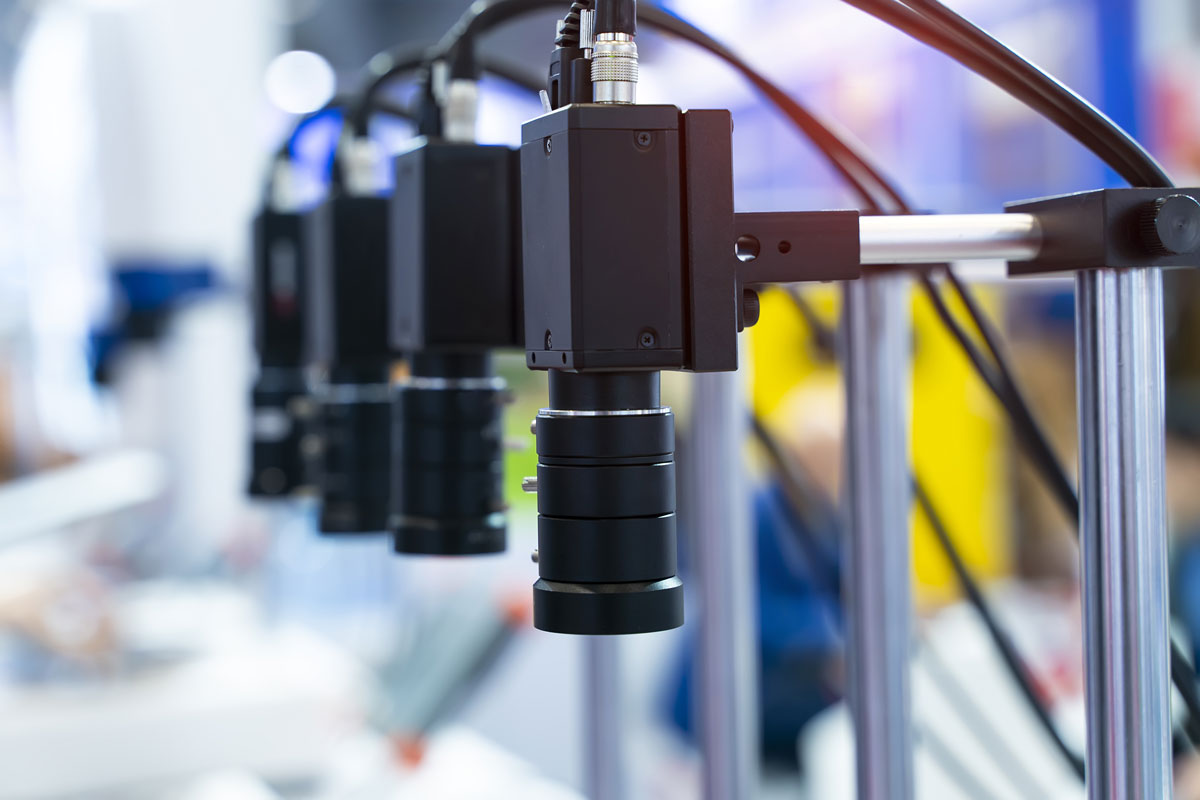 For imaging and automation to work together, your machine vision lighting will need to be selected, deployed, and calibrated properly. Without the right lighting, all those cameras, lenses, processors, and software packages are useless. If you’re searching for the right machine vision lighting for your automation application, this guide is sure to help.
For imaging and automation to work together, your machine vision lighting will need to be selected, deployed, and calibrated properly. Without the right lighting, all those cameras, lenses, processors, and software packages are useless. If you’re searching for the right machine vision lighting for your automation application, this guide is sure to help.
Poor Machine Vision Lighting Results in Failure
Machine vision relies on cameras. And for cameras, you need light. Manufacturers and system integrators who do not give sufficient attention to the type of lighting, wavelength, frequency, noise, and interference in a machine vision system end up with delays, cost overruns, and frustration.
There are many variables to lighting sources, including life expectancy, heat output, strobing, and energy efficiency. Integrators must pick the lighting best suited to the needs of the application. Aside from the lighting type itself, decisions must be made about technique. Some situations might call for backlighting. Others might need bright field lighting or some other type.
If the wrong type of lighting or technique is used, images may be too poor to rely on accurate results from the machine vision system. Even among the lighting systems that work, some may speed up throughput but reduce accuracy. Finding the right balance of all factors is the only way to ensure the most efficient, most accurate, and fastest machine vision system.
10 Steps to Exceptional Machine Vision Lighting
For decades, system integrators have been designing, testing, and improving machine vision lighting solutions. Here are some of the best ways to ensure the best lighting for your machine vision system.
1. Identify the features you need to capture. To choose the right lighting method, you need to know what aspects of an image are the most important.
2. Prepare for how the subject will be presented. Different lighting types and techniques are required depending on whether the component image is moving, stationary, clear, or obstructed.
3. Know the component’s surface characteristics. Properties such as texture, reflectivity, contrast, and shape impact machine vision system lighting.
4. Pick the best lighting option. Know what shape, size, and color your lighting should be for your machine vision system.
5. Be aware of lighting limitations. All lighting types have their limitations. Direction, wavelength, and frequency may need to be considered in your application.
6. Make changes to the environment. Changing ambient light or interference from electrical systems can wreak havoc on the efficiency of machine vision.
7. Work with a knowledgeable system integrator. If you’re not experienced with machine vision lighting, it can be easy to overlook critical factors or get overwhelmed by all the decisions.
8. Test your lighting options. Nothing beats real-world testing. If your facility allows, test different lighting types and techniques to see what works best.
9. Collect and analyze the data. Even after thorough testing, factors can change. Capture data on issues such as incorrect pass/fails and be sure your lighting solution is properly calibrated.
10. Be willing to adjust. Don’t just set it and forget it. Pay attention to changing factors and new technologies. Revise your lighting strategy as needed.
Do you need a high-quality machine vision camera model that works in a wide range of lighting scenarios? Contact the specialists at Phase 1 Technology Corp today.
